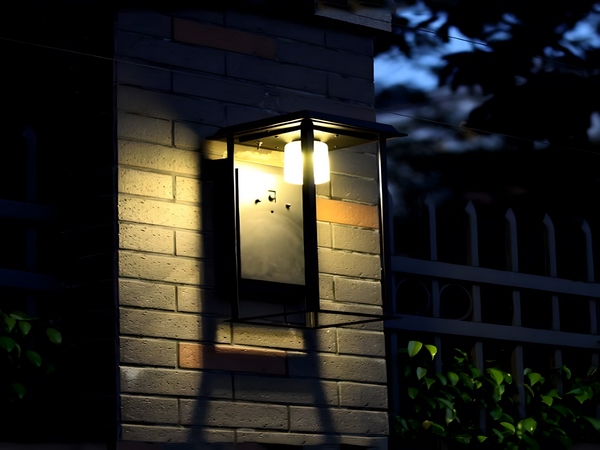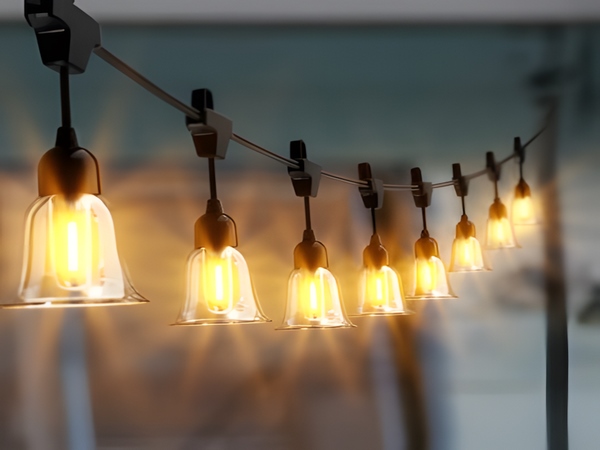
The large-scale promotion of LED street lamps is imminent, and color temperature has become a key focus in the industry. This presentation analyzes the physiological and psychological properties of color temperature, explores its relationship with illumination and comfort, and proposes a suitable range of color temperatures that aligns with the current technical level of LED street lamps based on testing results.

From the perspective of illumination, there are four main issues regarding LED street lamps: luminous efficiency, light distribution, light decay, and color temperature. In recent years, the technology of LED street lamps has rapidly developed, with significant improvements in optical performance. According to the recent testing results we organized, six out of 27 LED street lamp models exceeded a luminous efficiency of 70Lm/W, reaching a maximum of 81.5Lm/W. The quality of light distribution has greatly improved, showing advantages in uniformity compared to high-pressure sodium lamps. The issue of light decay has also shown remarkable improvement, performing competitively with other light sources.

Against this backdrop, color temperature has emerged as a significant issue, becoming one of the main concerns for LED street lamps. Indeed, street lights serve as the “dimmer” for urban nights, with their color temperature determining the overall ambiance of nighttime and closely related to citizens’ daily lives. Therefore, the issue of LED street lamp color temperature needs urgent resolution before large-scale application; otherwise, it may become a significant barrier to promotion. Currently, this situation has already arisen in some cities and will likely continue to manifest in more cities.



